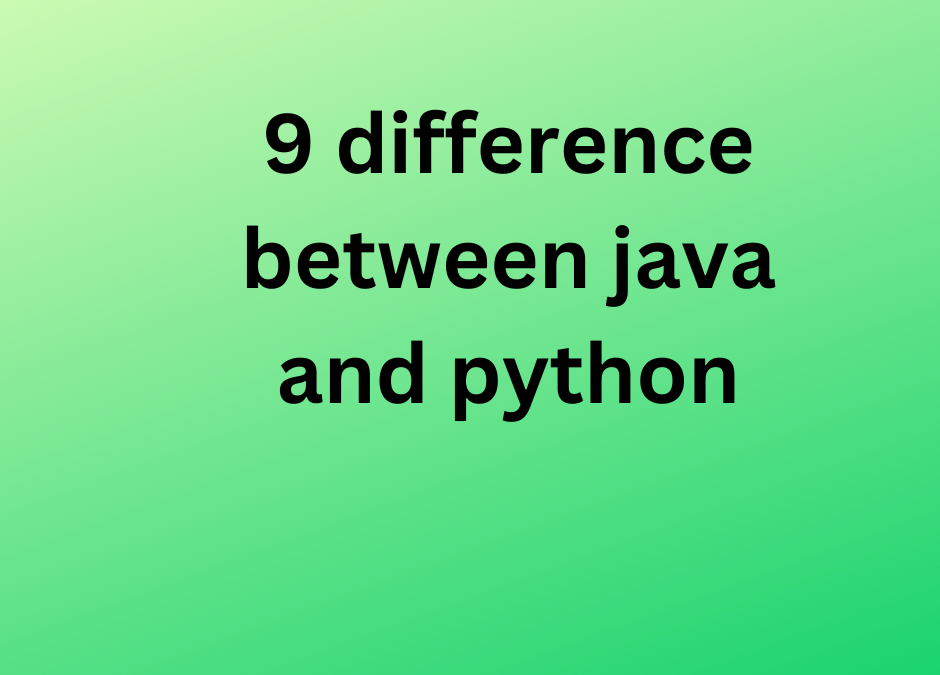- Syntax: Java has a more verbose and strict syntax compared to Python. Java requires explicit declaration of data types and uses semicolons and curly braces for code blocks, while Python uses a more concise syntax with dynamic typing and relies on indentation for code blocks.
- Object-Oriented Programming: Both Java and Python are object-oriented languages, but Java enforces strong object-oriented principles, such as requiring classes and objects for almost everything. Python, on the other hand, allows procedural, functional, and object-oriented programming styles and offers more flexibility in coding paradigms.
- Memory Management: Java uses automatic memory management through the JVM’s garbage collector. It allocates and frees memory automatically, which helps prevent memory leaks. Python also has automatic memory management but uses a different approach called reference counting along with garbage collection.
- Performance: Java is often considered faster than Python due to its Just-In-Time (JIT) compilation and the ability to optimize code during runtime. Python is an interpreted language and can be slower than Java, especially for CPU-intensive tasks. However, Python offers various optimization techniques and can utilize compiled libraries for performance-critical sections.
- Platform Independence: Java was designed to be platform-independent, thanks to its “Write Once, Run Anywhere” principle. Java programs can run on any platform with a compatible JVM. Python programs, though portable, may require the Python interpreter to be installed on each platform where they are executed.
- Community and Libraries: Both Java and Python have large and active communities. Java has a vast ecosystem with numerous libraries and frameworks for various purposes, including enterprise development. Python also has a rich collection of libraries and frameworks, particularly suited for scientific computing, data analysis, and web development.
- Threading and Concurrency: Java provides built-in support for multithreading and concurrency with its Thread class and utilities like synchronized blocks and locks. Python also supports multithreading but has a Global Interpreter Lock (GIL) that allows only one thread to execute Python bytecode at a time. This GIL can limit the performance of CPU-bound multi-threaded Python programs.
- Development Environment: Java has a well-established integrated development environment (IDE) ecosystem, including popular choices like Eclipse, IntelliJ IDEA, and NetBeans, providing advanced features like code refactoring, debugging, and project management. Python also has several excellent IDEs like PyCharm, VS Code, and Spyder, along with a powerful command-line interface.
- Learning Curve: Java can have a steeper learning curve, especially for beginners, due to its strict syntax, object-oriented concepts, and boilerplate code. Python, with its simple and readable syntax, is often considered easier to learn and more beginner-friendly. It emphasizes code readability and allows developers to express concepts in fewer lines of code.
java training in coimbatore will help students to understand the object-oriented programming in a better way. They will get an understanding of how to write a program using Java. The course also includes a session on how to debug programs written in Java.

